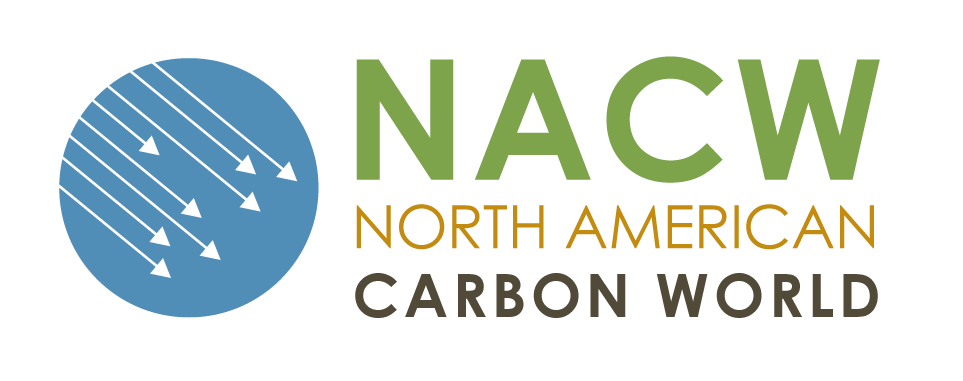The U.S. Soil Enrichment Protocol (SEP) provides guidance on how to quantify, monitor, report, and verify agricultural practices that enhance carbon storage in soils. The primary GHG benefit targeted is the accrual of additional carbon in agricultural soils, with hopes to incentivize GHG emission reductions from other sources, such as N2O from fertilizer use.
| Current Protocol Version(s) Available for Project Submittal | Adoption Date | Notes and Supporting Documents |
|---|---|---|
| U.S. Soil Enrichment Protocol Version 1.1 | May 31, 2022 | U.S. Soil Enrichment Protocol Summary of Changes V1.0 to V1.1.pdf (May 31, 2022) |
Protocol Revision
The Soil Enrichment Protocol is currently undergoing an update to Version 2.0. For more information, please visit the Soil Enrichment Protocol revision webpage:
Protocol Supporting Documents
The documents and tools below are companions to the protocol and must be used for project development and verification oversight.
| Document/Tool |
|---|
| SEP Model Requirements and Guidance v1.1a |
| SEP Parameters v1.0a |
| SEP Additionality Tool v1.0a |
| SEP Uncertainty Example Spreadsheet v1.0a |
| Models Validated for SEP |
Project Registration Documents
| Document | Description | Required Phase | Privilege |
|---|---|---|---|
| Soil Enrichment Project Submittal Form | A proposal from a Project Developer to undertake a soil enrichment project. | Project Submittal | Public |
| Field Enrollment Form | A project developer uses this form to list enrolled fields in the project. | Project Submittal | Public |
| Project Area Map | Map that shows the general physical boundary of the project area. This is not the same as the georeferenced project boundary map (private) required during verification. | Project Submittal | Public |
| Soil Enrichment Project Implementation Agreement (PIA) | The PIA is a legal agreement between the Reserve and a Project Developer setting forth: (i) the Project Developer’s obligation (and the obligation of its successors and assigns) to comply with the U.S. Soil Enrichment Protocol, and (ii) the rights and remedies of the Reserve in the event of any failure of the Project Developer to comply with its obligations. The PIA is not recorded on the deed to the property. | Verification | Public |
| Monitoring Plan and Report Template | This document is intended as a template to assist project developers in organizing project data, summarizing key aspects of a project, and to help facilitate verification. It is created at the beginning of a project, and updated over time as conditions change. It can also be used as an annual Monitoring Report for stating the project’s estimated annual emission reductions, attesting that the project is carrying out the intended project activities, and confirming that no reversals have occurred on the project area. | Verification | Public |
Models Validated for SEP
| Model Name | Model Developer | SEP Model Requirements and Guidance Version | Model Reviewer | Project-Specific Validation or Generalized Validation | Link to Model Validation Report | Link to Model Validation 3rd Party Review |
|---|---|---|---|---|---|---|
| DNDC v10.3 | ReGrow | Version 1.1a | Brian McConkey, PhD, Viresco Solutions | Generalized | DNDC Validation Report | Review of the Validation Report of DNDC v10.3 According to the Requirements and Guidance for Model Calibration, Validation, Uncertainty, and Verification For Soil Enrichment Projects Version 1.1a |
| DayCent-CR version 1.0 | Soil Metrics, LLC & Indigo Ag | Version 1.0 | Brian McConkey, PhD, Viresco Solutions and Dr. Michael Dietze, Boston University Earth & Environment | Project-Specific | Validation Report for DayCent-CR version 1.0 | McConkey Review, Dietze Review |
| DayCent-CR version 1.0.2 | Indigo Ag | Version 1.1a | Dr. Michael Dietze, Boston University Earth & Environment | Project-Specific | Validation Report for DayCent-CR version 1.0.2 | Dietze Review |
Protocol Development & Previous Versions
The protocol development process for the U.S. Soil Enrichment Protocol involved a multi-stakeholder workgroup, public comment period, and responses to public comments. For more information, please visit:
Please contact [email protected] with questions or comments.




